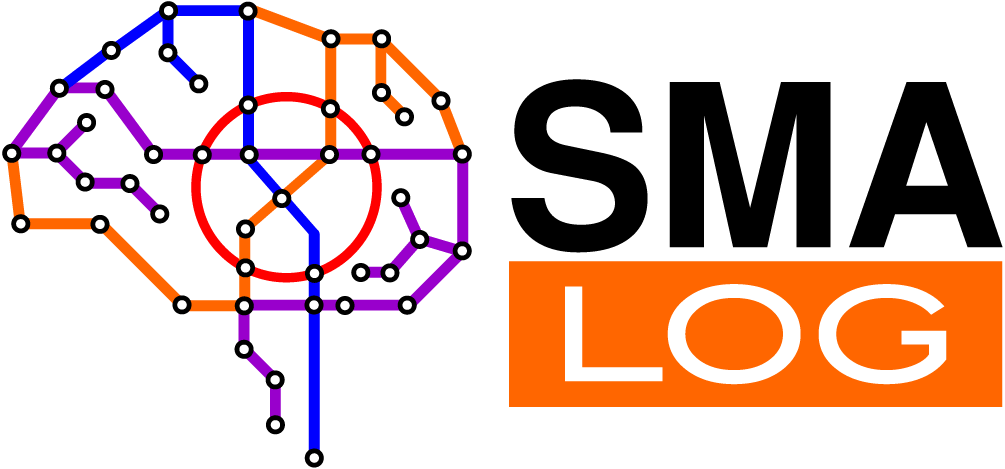Supply Chain Management (SCM) is understood as the management, planning, control and regulation of product flows, beginning from the stage of obtaining the order and purchasing raw and other materials for the purposes of production, proceeding to the stage of production of the goods, their distribution and optimum-cost delivery to end users, the market demands being met [13].
(1) The supply chain starts at the stage of production of raw materials, other materials and ends at the stage of consumption of finished products by end users, all associated companies being combined [13].
(2) Material and data exchanges in the logistic process, which extend from raw materials sources to the delivery of finished products to their end users. All suppliers, service providers and consumers are linked into the integral supply chain [13].
Paper “Logistics in Comparison with Supply Chain Management” by Paul D.Larson and Arni Halldorsson offers four approaches that can be applied to establish the relationship between Logistics and Supply Chain Management (SCM): traditionalist approach, relabeling approach, unionist approach and inter-sectionist approach [14].
1. The traditionalist approach treats SCM as just a small part of logistics. As far as this particular approach is concerned, Supply Chain Management is described in the form of one lecture only, as part of the logistics course, or as a single chapter in the book on logistics.
2. The relabeling approach refers to SCM as to a new term, covering the aspects that used to form a part of logistics. In other words, the concept of logistics was transformed into the concept of supply chain management.
3. The unionist approach to establishing relationship between logistics and supply chain management defines logistics as part of SCM, which is covered entirely by this concept. According to Stock & Lambert (2001), “supply chain management represents management of the eight key business processes: (1) CRM-management of relationship with clients; (2) management of clients’ servicing process; (3) demand management; (4) order execution management; (5) production flow management; (6) supplies; (7) product development and commercialization; (8) return”. The above-mentioned processes extend to many aspects of logistics, procurement, marketing and production management.
4. In turn, the inter-sectionist approach assumes that supply chain management is NOT an aggregate of logistics, marketing, production management, procurement and other functional domains but, instead, keeps crossing them. The task to be solved by the system of supply chain management is coordination of inter-functional operations performed by a great number of participants. Hence, supply chain management belongs to strategic, rather than tactical sphere [15].






